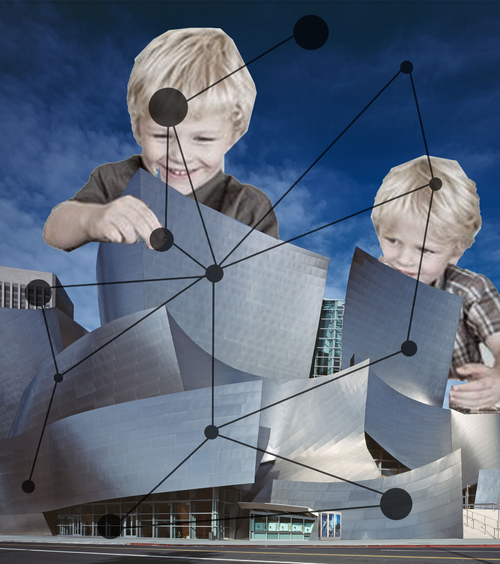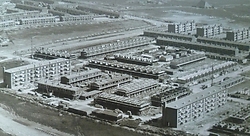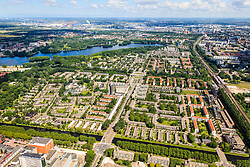
There was a reaction on this building style with the change of values. People missed nature, human-scale and life quality. Health and nature became more important. There was a rise of the so called ‘tuinsteden' (translation: garden cities). Human scale-buildings were built surrounded with green.
We can see that values can change through time. Population growth, welfare and life quality have a big influence on architecture. Nowadays sustainability is a important value for the current architecture, for example we can see a rise of self-sufficient buildings. Taking the future and nature into account in current design is something that belongs to nowadays designing.
I think Human values and influence is one of the most important things that influence architecture. But sometimes this is forgotten and the building becomes a piece of art instead of a design to interact with.
For example the alt Disney Concert Hall in Los Angeles. This is a very impressing building. But there were some reflection problems. Because of the parabolic mirror the resulting heat made some rooms of nearby condominiums unbearably warm, caused the air-conditioning costs of these residents to skyrocket and created hot spots on adjacent sidewalks of as much as 140 °F (60 °C). There was also the increased risk of traffic accidents due to blinding sunlight reflected from the polished surfaces. After complaints from neighboring buildings and residents, the owners asked Gehry Partners to come up with a solution. Their response was a computer analysis of the building's surfaces identifying the offending panels. In 2005 these were dulled by lightly sanding the panels to eliminate unwanted glare [1]. Afterwards you can think off it as a really funny story, but did really no one saw this coming?
I think the history of architecture is really interesting. You can see how values are translated into buildings. We spend almost 90% of our lives living in buildings. This shows how important it is for architects to always think about what people need and the interaction of people with surrounding buildings. Because architecture is a way of art, architects sometimes tend to make a piece of art instead of design for human. I think humans are the best designing tool that exists in architecture.
Sources:
- Information Walt Disney Concert Hall. https://en.wikipedia.org/wiki/Walt_Disney_Concert_Hall
- Information high-rise buildings. Source:https://nl.wikipedia.org/wiki/Hoogbouw
-
WHEN BUILDINGS DON’T WORK: THE ROLE OF ARCHITECTURE IN HUMAN HEALTH. Source:http://citeseerx.ist.psu.edu/viewdoc/download?doi=10.1.1.4.5633&rep=rep1&type=pdf
- Human Interaction Image: made by Lisa Gerards

